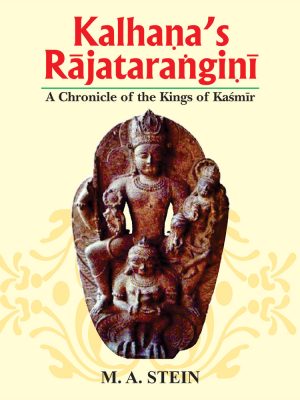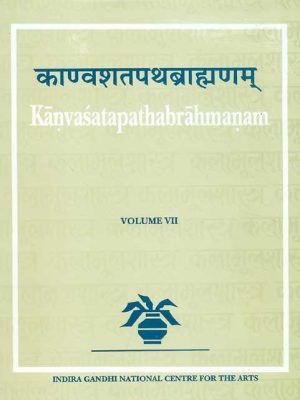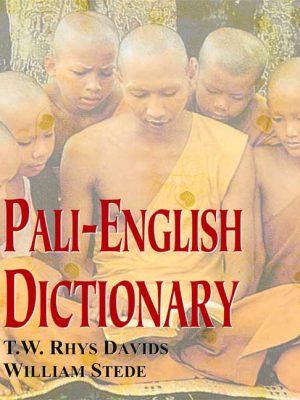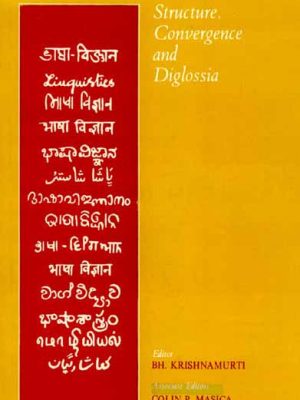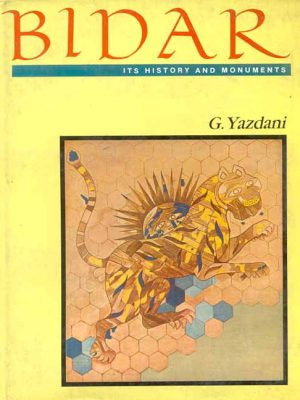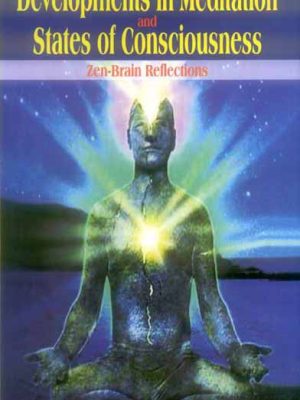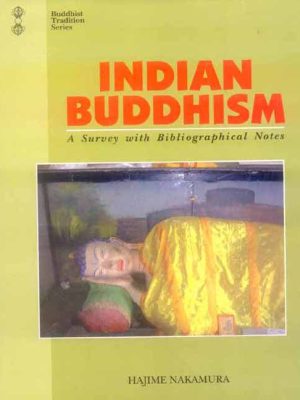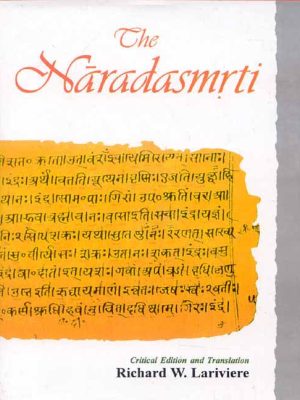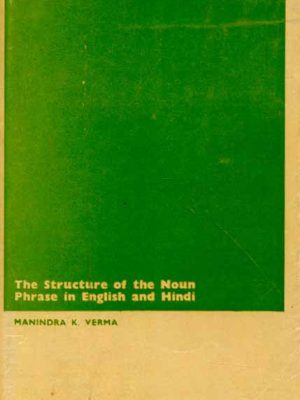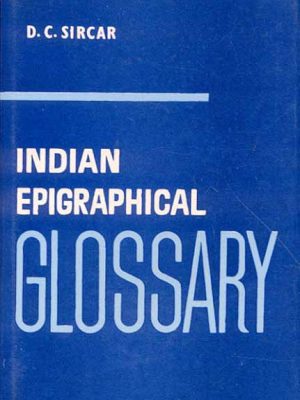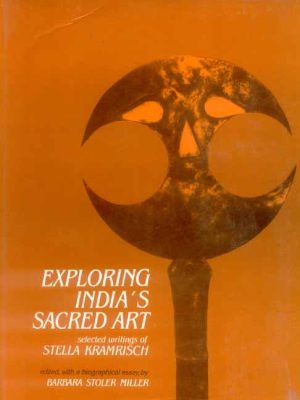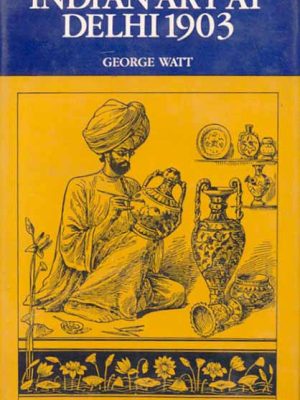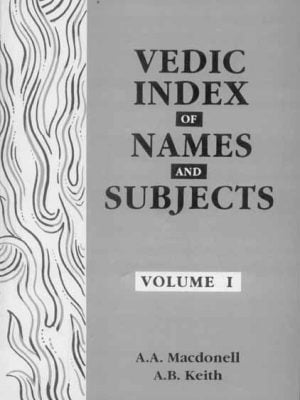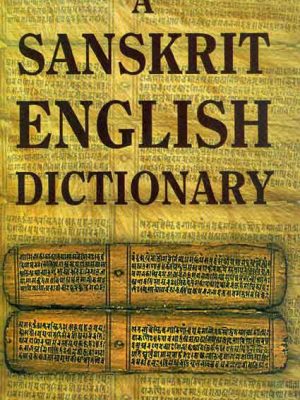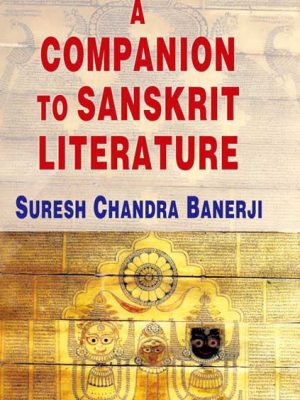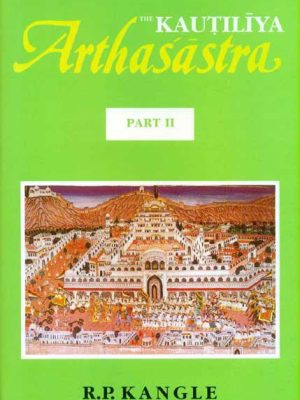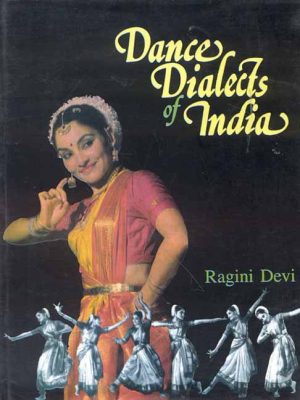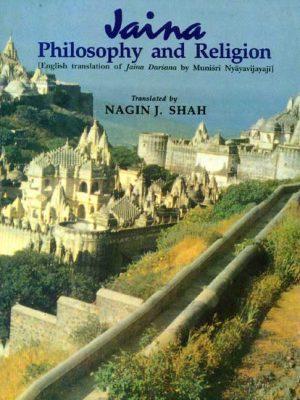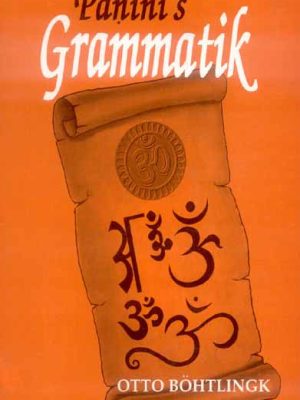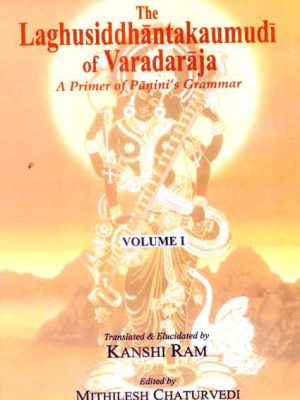Motilal Banarsidass
-
Kalhana’s Rajatarangini (Vol II): A Chronicle of the Kings of Kashmir
Kalhana’s Rajatarangini is the oldest and fullest record of Kashmir history. Sir Stein, recognising the inestimable value of the only work of its kind, succeeded in publishing the critical edition of the text as early as in 1892 which has been printed here as Vol. III of this three-volume set. Later he followed this illustrious venture by presenting a fully annotated translation of the Chronicle, in two volumes, printed as Vol. I and Vol. II here, the former containing the translation of the first seven tarangas of the original Sanskrit and the latter that of the remaining eighth tarangas.
The translation is preceded by a comprehensive and scholarly Introduction in which Stein has endeavoured to elucidate in the first place the data which can be gathered as regards the person of Kalhana, his family and the milieu in which he lived. In the second chapter (of the Introduction) the author has examined as closely as our available materials would permit, the objects and methods which guided Kalhana in the composition of his work, the sources he used for it, and the form which he gave to his narrative. The condition in which the text of the Chronicle has been handed down to us, and the materials the author has used for its reconstitution, are discussed in the third chapter, while the next chapter contains an exposition of Kalhana’s system of chronolgy. In the concluding and longest chapter of the Introduction it has been the author’s object to present a critical summary of Kalhana’s narrative and of the historical data contained in it. The Chronological and Genealogical Tables attached to the Introduction are intended to present in a condensed form the information furnished by the Rajatarangini regarding the date and descent of successive rulers of Kashmir. The Memoir which follows (Vol. II) the Translation and Notes, presents a connected and detailed account of the ancient geography of Kashmir.
₹1,300.00 -
-
-
Bidar: Its History and Monuments
The town of Bidar, some eighty miles from Hyderabad, flourished as the capital of the Bahmani kings during a hundred years from about the middle of the fifteenth century. It afterwards experienced sundry vicissitudes, and fell into complete decay in the later part of the nineteenth century, its once beautiful palaces and public buildings, formerly the envy of the great cities of India, becoming a neglected mass of debris. Dr. Yazdani, who visited Bidar for the first time in 1915, drew up a comprehensive programme for the thorough repair and conservation of the monuments at Bidar, and the work has been carried out through the enlightened policy of the NizamÍs Government by whose authority the present magnificently illustrated record has been made available. It surveys the physical features, history, and architecture of Bidar in Chapters I-III and thereafter treats in detail the numerous historical monuments, which include rare masterpieces of architecture and ornament in the palace buildings, temples, mosques, and tombs.
₹1,395.00Bidar: Its History and Monuments
₹1,395.00 -
-
Indian Epigraphical Glossary
Indian Epigraphical Glossary
The interested world of scholars is sure to receive with gratitude this
latest work from the erudite pen of Prof. D.C. Sircar who has opened up for
us new vistas in the study of Indian antiquities. Prof. Sircar’s Indian
Epigraphical Glossary, characterised by a wide sweep of vision based on a
meticulous attention to details, is a contribution of the utmost
importance. Here one finds an embarras de richesses in a comprehensive
dictionary of technical expressioins found in documents embracing nearly
2000 years in time and the entire Indian sub-continent in space and written
in a variety of languages. It offers a panorama of Indian political and
cultural life as enshrined in a series of expressions which are precise and
historically important. Many of them remained obscure, and Prof. Sircar,
with his thorough knowledge of the subject in the study of which he has
spent a life-time, has succeeded in most cases in giving quite satisfactory
interpretations. The mass of material in this invaluable publication, which
will continue to be an indispensable work of reference for many years to
come, brings in a volume of lexical material for the compilation of an
exhaustive Dictionary of Sanskrit. The importance of the work, which I
would consider epoch-making in the domain of Indology, has been
considerably enhanced by three remarkable Appendices.
₹1,495.00Indian Epigraphical Glossary
₹1,495.00 -
Exploring India’s Sacred Art: Selected Writings of Stella Kramrisch Ed. & with a biographical Essay
Exploring India’s Sacred Art: Selected Writings of Stella Kramrisch Ed. & with a biographical Essay
Exploring India’s Sacred Art presents a selection of Stella Kramrisch’s influential essays, along with a biographical essay. The writings collected here emphasize the cultural and symbolic values of Indian art. The first section discusses the social and religious contexts of art. This is followed by essays on various forms of ritual art. The section entitled “The Subtle Body” is derived from her term for the form that underlies concrete shapes; it includes studies of literary and visual symbolism. Further essays concentrate on formal and technical aspects of temple structure and painting in the context of their symbolic meaning. Over 150 illustrations, many of them prepared especially for this volume, provide a vital visual dimension to her writings. Also included is Joseph Dye’s comprehensive bibliography of her works. Exploring India’s Sacred Art testifies to the life and work of one of this century’s greatest art scholars and provides an unparalleled source of insight into Indian art and culture.
₹1,495.00 -
Indian Art at Delhi-1903
Indian Art at Delhi-1903
The volume was first published as a Catalogue and Guide to the Indian Art Exhibition held at Delhi ‘to concide with the Durbar of 1902-03’. The volume is a unique work of documentation of ninteenth-century indian craftsmanship. The text is enriched with graphic representation of rare specimens of Indian artistry. Its usefulness as ‘a gazetteer and an ethnographical dictionary’ makes it invaluable for the students engaged in research of the history of craft and industry in India.
₹1,495.00Indian Art at Delhi-1903
₹1,495.00 -
-
-
